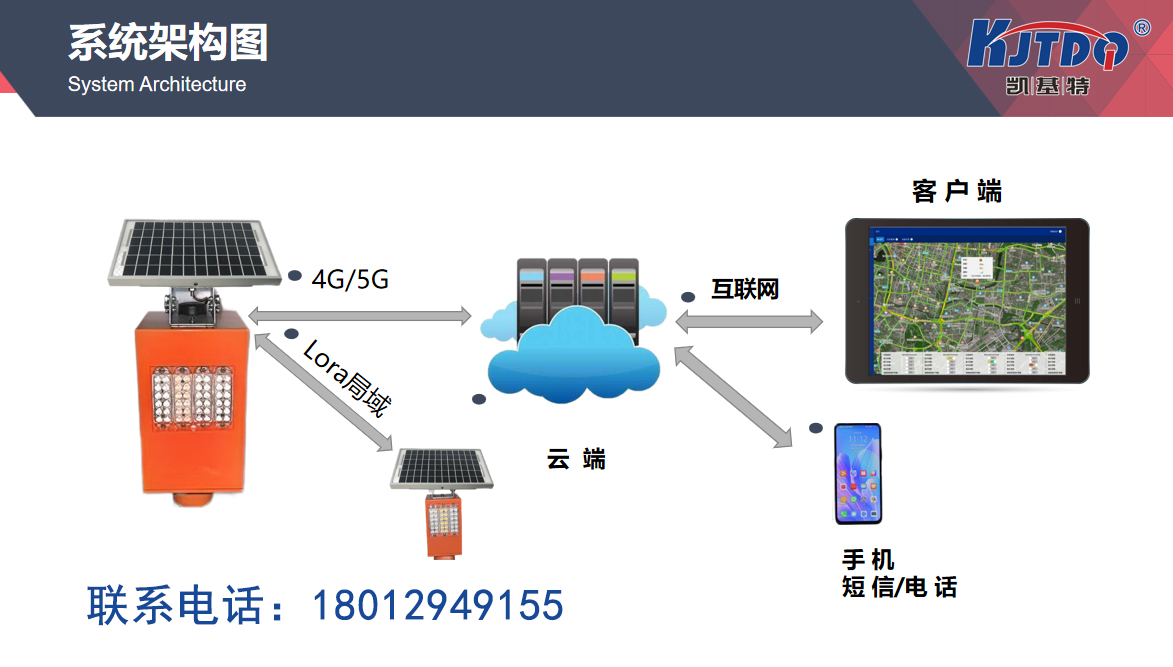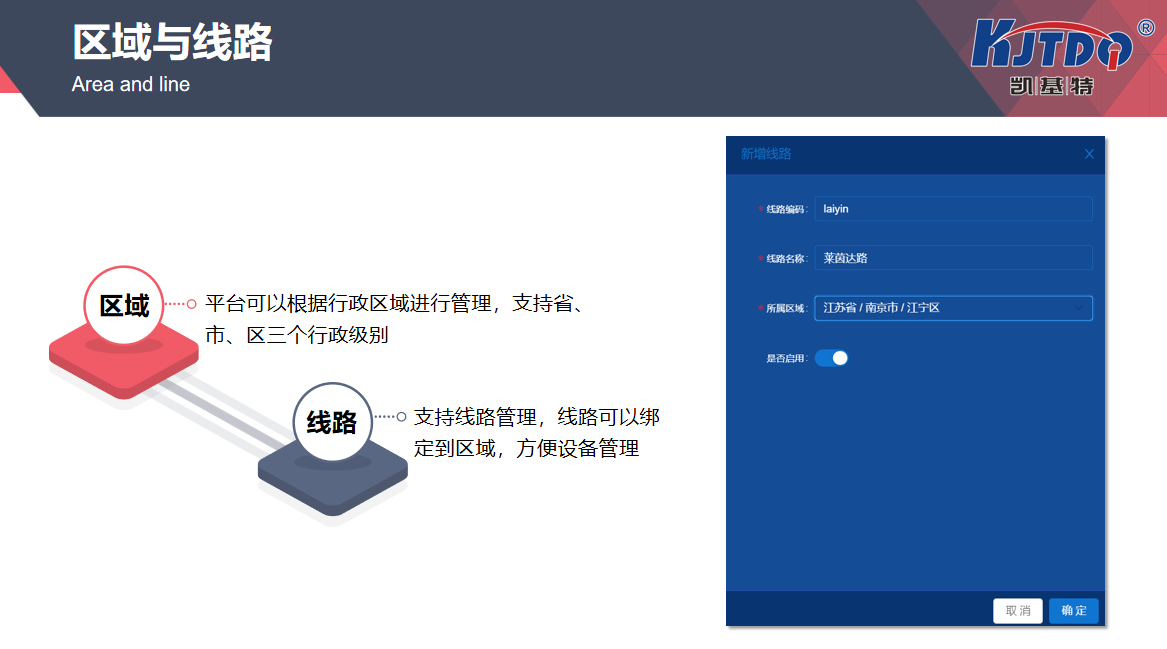In modern society, bridges, as a key component of transportation infrastructure, undertake the important task of connecting cities and shortening distances. However, with the passage of time and the influence of natural factors, the structure of the bridge may gradually age and even face the risk of collapse. In order to ensure the safety of bridges, the application of intelligent warning system technology for bridge collapse has become crucial. This technology is not only for preventing accidents, but also for saving lives and avoiding disasters. The technology of intelligent warning system for bridge collapse is changing our understanding and management of bridge safety in an unprecedented way.

Firstly, we need to understand that the safety hazards of bridges do not arise overnight. Bridge structures may be damaged due to long-term disrepair, natural disasters, or human factors, thereby affecting their load-bearing capacity. Traditional bridge inspection methods, such as manual inspections, may detect some problems, but they often have disadvantages such as low inspection frequency, limited coverage, and long inspection time. These shortcomings make it difficult to detect potential safety hazards in a timely manner, ultimately leading to the tragedy of bridge collapse. The intelligent warning system technology for bridge collapse emerged in this context.
The core of the intelligent warning system technology for bridge collapse lies in the use of various advanced sensors and data analysis techniques to monitor the health status of the bridge in real time. These sensors are capable of sensing small changes in the bridge structure, such as stress, deformation, vibration, etc., and transmitting this data in real-time to the backend system for analysis. When the system detects abnormal signals, it will immediately issue warning messages to notify relevant departments for emergency handling, greatly reducing the risk of bridge collapse. This kind of technological application is like a "thousand mile eye" that safeguards bridge safety.
We can imagine that when a bridge undergoes minor structural changes due to years of disrepair or natural disasters, traditional manual inspection methods may take several days or even weeks to detect the problem. With the technology of intelligent warning system for bridge collapse, the system can capture these changes within a few minutes and issue warning information, giving relevant departments enough time to take measures and avoid accidents. In this way, the risk of bridge collapse is greatly reduced, and the safety of pedestrians and vehicles is greatly guaranteed.
Let's talk about the practical application of the intelligent warning system technology for bridge collapse. This technology plays an irreplaceable role in both the daily maintenance of bridges and the safety assurance of bridges under adverse weather conditions. Taking wind sensors as an example, when the wind speed reaches a certain threshold, the system will automatically issue a warning to alert the management department to the possible risk of bridge structure damage. Through the combination of displacement sensors and stress sensors, the system can accurately monitor the subtle deformation of the bridge and detect problems in a timely manner. This real-time monitoring and warning mechanism not only improves the safety of bridges, but also brings great convenience to bridge management.
Of course, the promotion and application of intelligent warning system technology for bridge collapse have not been smooth sailing. Firstly, the cost of technology is an issue that must be considered. Although the price of sensors is gradually decreasing, for some small and medium-sized cities, fully deploying such a system is still a significant expense. In addition, the maintenance and updates of the system also require continuous investment. However, it is worth noting that compared to the potential loss of life and property caused by bridge collapse, such investment is undoubtedly worthwhile.
Another challenge is the maturity of the technology. Although the technology of intelligent warning system for bridge collapse has been widely applied in some developed countries, its promotion worldwide still faces some technical bottlenecks. For example, how to achieve precise monitoring in complex bridge structures? How to deal with the stability of sensors under different environmental conditions? These issues need to be continuously explored and resolved in practical applications.
From my perspective, the popularization and application of intelligent warning system technology for bridge collapse is the trend. With the continuous advancement of technology, sensor technology and data analysis technology will become more mature, and costs will further decrease. In the future, this technology is expected to be widely applied globally and become a standard for bridge safety management. Just as we cannot ignore the importance of health monitoring in modern healthcare, intelligent warning system technology for bridge collapse will also become an indispensable part of bridge safety management.

Finally, we must realize that the value of the intelligent warning system technology for bridge collapse lies not only in its warning function, but also in the scientific management concept represented behind it. The application of this technology has shifted bridge safety management from passive response to active prevention, and from post-processing to pre warning. This transformation not only improves the safety of bridges, but also provides strong guarantees for the sustainable development of society.
Overall, the intelligent warning system technology for bridge collapse is not only an outstanding application of modern technology in the field of bridge safety, but also an important means to ensure the safety of people's lives and property. In future bridge management, this technology will play an increasingly important role, injecting new vitality into our transportation infrastructure construction.
1. What is the intelligent warning system technology for bridge collapse?
The intelligent warning system technology for bridge collapse is a system that uses sensors and data analysis technology to monitor the health status of bridge structures in real time. By analyzing the stress, deformation, vibration and other data of the bridge, the system can promptly detect potential safety hazards of the bridge and issue warnings before problems occur to avoid collapse accidents.
2. How does the intelligent warning system for bridge collapse work?
This system monitors the physical status of the bridge in real-time by installing various sensors at key locations on the bridge, such as stress sensors, displacement sensors, wind sensors, etc. The data collected by the sensors will be transmitted to the backend system for analysis. If the system detects any abnormalities, such as excessive stress or displacement of the bridge, it will immediately issue a warning to notify the relevant management department so that they can take necessary safety measures.
3. What is the future development trend of intelligent warning system technology for bridge collapse?
With the advancement of technology, sensor technology and data analysis capabilities will continue to improve, and the future intelligent warning system for bridge collapse will become more accurate and efficient. Meanwhile, with the reduction of costs and the popularization of technology, this technology is expected to be widely applied globally and become a standard configuration for bridge safety management. In addition, the combination of artificial intelligence and big data analysis technology will make early warning systems more intelligent, providing more scientific and proactive security guarantees for bridge management.